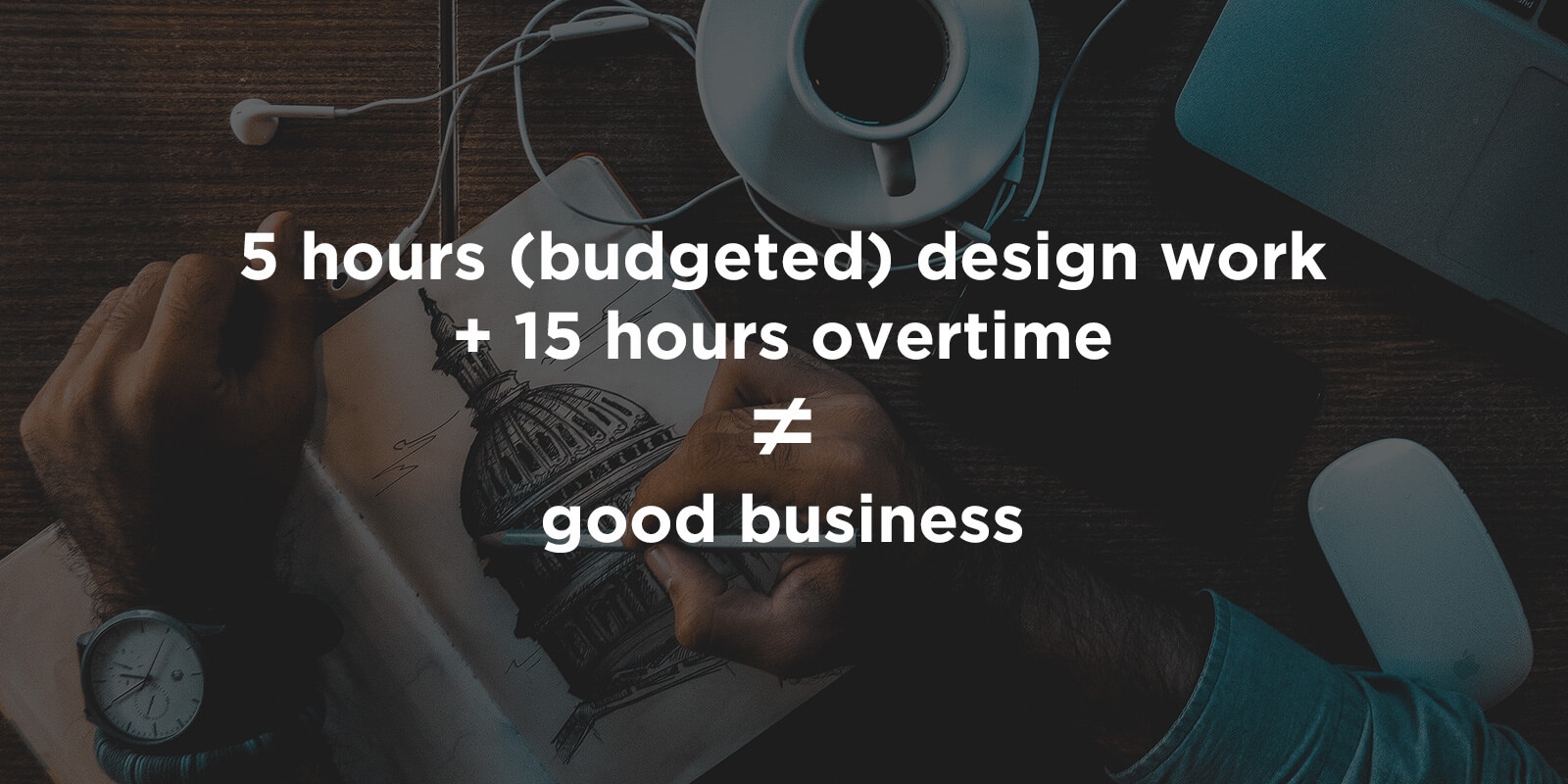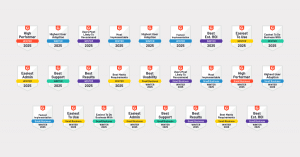We love built environment design, and we love seeing it done well (isn’t that what puts the twinkle in our eye, folks?). Above and beyond all else we love doing it well in our architectural, engineering and construction design industry businesses (AEC). But, how do we work out how much time it takes to design well? And how do we assign a value to that time once we have?
- Should I count the overtime I do in order to make a project truly great?
- What about the time I spend project managing a job for my business?
- Why does it feel like I spend 70 percent of my time in meetings when I’m billing for design?
- Do meetings count? Do they have any value (besides free coffee and the occasional biscuit)?
- Does the time my staff spend in meetings count?
- How much does it count (in cold hard cash terms)?
- How much time do I really have for design if this project deadline is in four weeks?
- How much should I quote for my design time when I’m bidding for a project?
- How do I even guess at a schedule let alone know if I’m sticking to it?
- Did I turn the oven off?
… In 2019, in an SME AEC business, how do you and your staff actually punch the clock? Or at least, stop it punching you?
I love design with all my heart, I don’t mind spending every available hour making it great!
We know. We love built environment design with a passion too. When you’re working or studying on your own there’s even a sense of pride in pulling an all-nighter to produce some truly inspired design work for a project. Piles of coffee-stained mugs, dishevelled hair, eyes a little crazy, drawings strewn across the studio floor as we zoom in on you, panting, finished, right up against (but on the right side of) the deadline, spent. It’s all very Brilliant Mind. But the fact is that working like that is not only unsustainable in terms of your health, when you have an AEC practice it’s actually bad business. Bad business is bad for design.
Why can’t I just work on a design project until I’m happy with it? That’s good for design!
We just want to be great at what we do. Agreed. But here are some of the reasons you can’t, as a professional, just keep going at a design until you’re perfectly happy with it:
1. You’re an AEC professional: you have a thing called ‘a budget’ and time = money
Trust us, no one likes the b-word, but budgets are a fact (and an important fact) of being a time-based design professional.
Although many of us think of business profits as the unpleasant necessity that runs alongside our designing lives, a successful (i.e. profitable) business is actually what facilitates the work we love. It seems obvious, but most of us in this industry are motivated by creativity and generally place that ahead of business bothers. Timesheets? Staff costing? No thank you very much!
However, profit allows the business to keep going, and therefore, the design process to keep flowing. That design, if managed correctly and kept within budget, in turn creates profit. And on goes the circle of design life. The reality is, you need to be doing one well to do the other well. As John Barker, managing principal of Tobias Partners, puts it, “Being profitable enhances the opportunities and the potential of any design practice to produce award winning work.”
The equation looks like this:
Good business = profitable business = time for design = repeat business
2. You’re an AEC professional: those budgeted work hours aren’t all for design
When you’re working on a project, you’re not the only moving part. You may have other staff working on it, and you need team meetings with them. You need to set aside time for the management and strategy of using that staff effectively, both for this project and for the business as a whole. You need design meetings with the client, and possibly the client’s contractors. You need to factor in time for things like administration, documentation, coordination, presentation… and on and on it goes. In our collective experience it’s all too easy to both underestimate the time a project will cost, and how much of that time will be relegated to non-design work. We need a way to work out how much time we spend in meetings and activities that aren’t the design work itself, and we need to keep track of this time as the project progresses. We know, we’re clenching our teeth too.
3. You’re an AEC professional: overtime hours cost you money in overheads
The space in which you carry out your architectural, engineering, or construction design work costs money. It’s that simple. It may seem petty, but things like the rent (divided amongst the overhead cost of each employee), keeping the lights on overnight, extra tea, coffee and other facilities associated with being in the office or studio, they all add up. Not to mention the increased insurance risk of having someone working out of hours. And, of course, extra biscuits.
4. You’re an AEC professional: overtime hours actually decrease the value of your work
The reality of the relationship between time and value is this: your design time is a commodity you exchange for payment. That’s what a professional service is.
In other words, the value of something is determined by what someone is willing to pay for it. The worth of a thing, a service, or, more specifically, a design, is directly proportionate to the amount of other things (hours, or money) for which it can be exchanged.
The equation looks like this (and we’re plucking numbers out of the air here, to use as an example):
$1000 contract / 5 hours (budgeted) design work = $200 per hour
$1000 contract / 5 hours (budgeted) design work + 15 hours over time = $50 per hour
Now, of that $50, there’s still a percentage that needs to be subtracted for the overheads we discussed above, super payments, etc., which make up a cost to the business of work being done. There’s also the matter of non-design hours required — which we’ve discussed — those need to be subtracted, too.
In the end, we may produce the most brilliant design work in the world, but it’s only worth $30 an hour. Which means, literally, the work ain’t worth much. And there’s the salt in the wound: we’re the ones doing the devaluing. Ouch!
5. You’re an AEC professional: overtime hours actually decrease the value of the whole industry’s work
So, we can agree that the value placed on the design hours in the example above is minimal, and let’s face it, sad. What we also need to keep in mind is that every time we work more hours on a project than we’ve budgeted for (overtime/free work) we’re also increasing the quality or standard of work that will be expected for the smaller sum. And that has an impact over time on the AEC industry as a whole. It devalues the work of the whole industry.
The equation here, looks like this:
Less value placed on design = less money for design = less time for design
The clock, dear friends, is punching us silly!
How do I work out how much time I have for design? How do I punch the clock back?
When fitting design time to a budget, we need to consider two broad concerns:
- History: how long has it taken to complete AEC design projects in the past?
- Future: how can I track what time is being spent where and on what, as the project is in full swing?
Firstly, in order to work out how long a project will take we need to have some sense of our past projects. In order to achieve this we can go back over past project documentation and look at staff timesheets across the entire job. We need a timesheet submission practice detailed enough to account for how many hours were spent in meetings, on site, dealing with admin, designing, etc. And we need for our staff to be able to log their time, as they spend it and at the appropriate rate, to keep accurate records (so, ideally, staff can access their timesheets wherever they are — think cloud-based, mobile software here). This way we can properly forecast the amount of time each element of a project takes us and benchmark the cost to our business for accurate planning and bidding.
Secondly, having the ability to accurately track where projects are is crucial. Where is my current project in terms of time and money spent at this point? How much of the budget have we used? What’s the actual cost to the business? Am I making money, or are we over servicing? Do I have the right resources available? Again, this is simplified with AEC project management software, used in the right way (it’s like a gym membership, just having it doesn’t make you fitter!).
Both of these points, and their proper management, feed back into our ability to bid for projects accurately and complete them fairly and sustainably. Done right, we can also use this data to look at where we can streamline our practices to get more time for the good stuff (i.e. more time for design).
This is our veritable left-right combination to the face of the clock.




